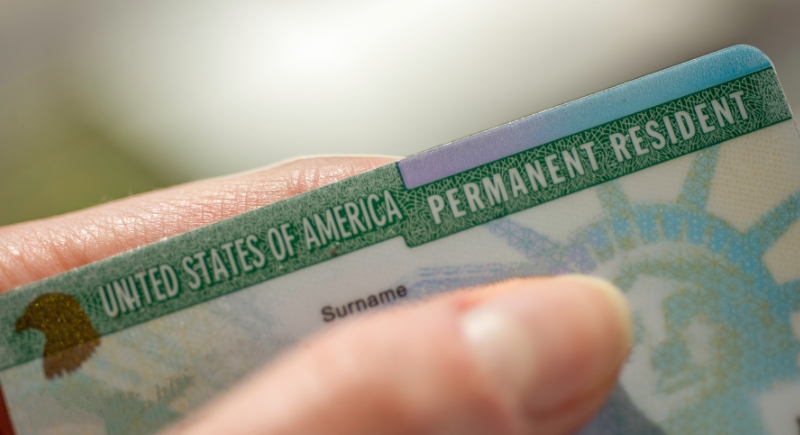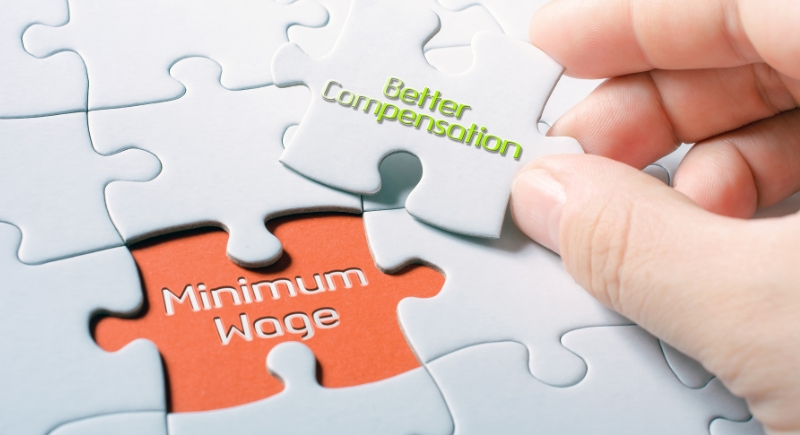How the Middle Class Has Declined Over the Years
Once seen as the economic anchor of the United States, the middle class has gradually lost ground over the past five decades. While America has experienced overall growth in wealth, the distribution of that wealth has shifted dramatically by hollowing out the core income group that once defined the nation’s prosperity.
Middle Class Shrinks As Upper Class Nearly Doubles

Credit: Wikimedia Commons
In 1971, 61% of Americans lived in middle-class households. According to the Pew Research Center, that number had dropped to 51% by 2023. Meanwhile, upper-income households grew from 11% to 19% of the population, a clear sign of wealth concentration among the highest earners.
Growth Of Income Gap Continues To Widen

Credit: Getty Images
Professor Miles Corak from the City University of New York points out that inequality, which Barack Obama once called America’s “defining challenge,” continues to deepen. The imbalance in wage growth has contributed to increased polarization.
Cost Of Living Leaves Middle Class Stretched Thin

Credit: Getty Images
While income levels have gone up on paper, purchasing power hasn’t kept pace. Rising costs in housing, healthcare, education, and childcare have left middle-class families with less breathing room. For many, what once felt stable now feels like survival, especially when factoring in inflation and stagnant wage growth.
Immigrants More Likely To Fall Below Middle Class

Credit: Getty Images
Migrants, who make up about 14% of the United States population, are statistically less likely to be in the middle-income bracket and more likely to live in lower-income households. Language barriers and job access hurdles, including credential recognition issues, are some of the contributing factors.
Middle Class Holding Less Of The Country’s Income Pie

Credit: Getty Images
In 1970, the middle class held 62% of U.S. household income. Fast-forward to 2022, and their share had fallen to 43%. That 19-point drop wasn’t absorbed by lower-income groups—it mostly went to the upper class, whose share ballooned from 29% to 48%.
Recessions Deepened Middle-Class Vulnerability

Credit: Canva
The 2008 financial crash and the COVID-19 pandemic both hit the middle class hard. Job losses, housing instability, and debt piled up for those already on the brink. Recovery efforts often benefited corporations and high-net-worth individuals faster, which deepened the sense of imbalance across income groups.
More Prosperity, But Not Evenly Shared

Credit: Canva
Although all income brackets experienced growth since the 1970s, the increases weren’t proportionate. Pew data shows the upper class saw a 78% rise in median income, reaching $256,900 in 2022. Middle-class households grew by 60% to $106,100, while lower-income groups increased just 55%, hitting $35,318.
Tech Boom Didn’t Lift All Boats

Credit: pexels
Technological advances have created wealth for top earners and investors, but they have also automated or eliminated many mid-level jobs. As manufacturing and retail shrank, middle-income roles disappeared and were eventually replaced by low-wage service work or elite tech positions.
Stagnant Wages Despite Economic Growth

Credit: Getty Images
Despite the rising GDP and corporate profits, wages for most workers have barely budged in real terms. As per the Economic Policy Institute, productivity has soared since 1979, but hourly compensation for typical workers has lagged far behind.
Fewer Americans Feel Secure In Their Class

Credit: Getty Images
Even individuals technically falling within the middle-income bracket increasingly report a sense of financial instability. Surveys reveal that a growing number of Americans cannot comfortably handle sudden financial emergencies or plan for significant milestones like funding their children’s college education or saving enough for a secure retirement.
Educational Costs Block Upward Mobility

Credit: iStockphoto
Higher education used to be a ticket to the middle class. Now, tuition costs and student loan debt have made that path risky and costly. According to the Federal Reserve, Americans hold over $1.7 trillion in student loan debt.
Racial And Ethnic Disparities Persist In Income Tiers

Credit: Canva
Systemic barriers continue to push many Black, Latino, and Native American families into lower-income brackets. Pew data indicates that white Americans are still more likely to be in the middle and upper income tiers as a result of generational wealth gaps and unequal access to economic opportunity.
Tax Policy Has Benefited The Wealthiest

Credit: Getty Images
Tax cuts and loopholes in recent decades have often favored the rich folks and families. The Tax Policy Center notes that effective tax rates for top earners have decreased, even as middle-income Americans carry a relatively higher share of the burden through payroll and sales taxes.
Housing Prices Have Outpaced Wage Growth

Credit: Getty Images
Homeownership, once a middle-class milestone, is increasingly out of reach. Median home prices have risen faster than wages for decades. This imbalance has priced many middle-income families out of homeownership.
Future Of The Middle Class Depends On Policy Choices

Credit: Getty Images
The middle class can rebound if workers gain more bargaining power, child poverty is reduced through policy and growth, and all communities get equal access to opportunity. Without intentional reforms, the middle class may continue its slow decline into economic instability.